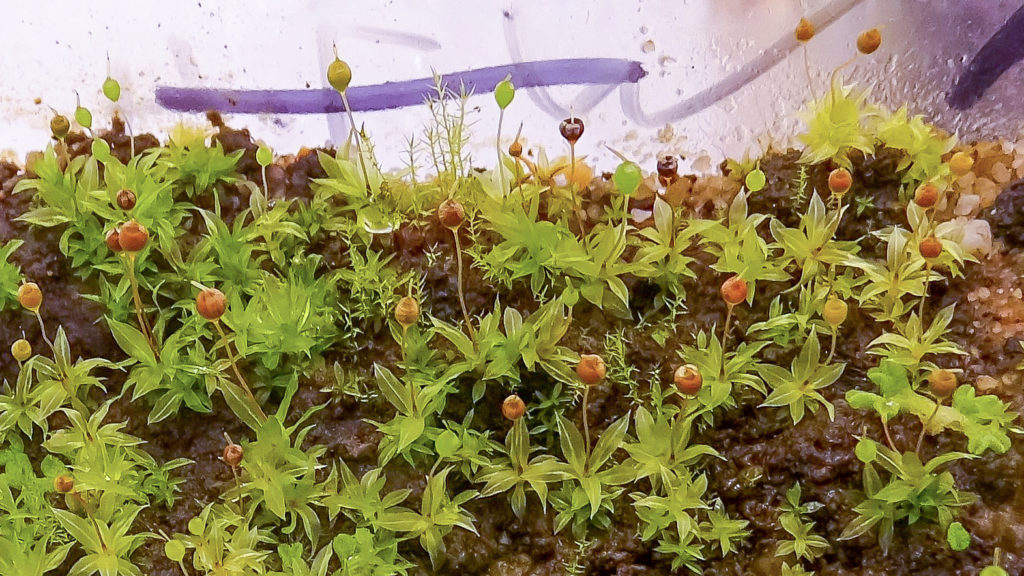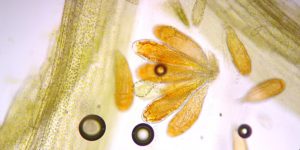
Spores and/or propagules of Physcomitrium eurystomum may survive in lacustrine sediments for at least 100 years, and possibly more. This is the main conclusion we can draw from a publication led by Des Callaghan and just published in the Journal of Bryology. The research was done in collaboration with Heinjo During, Handong Yang and myself and involved the extraction and radioisotope dating of sediment cores from Langmere, UK. The sediments were also used to start cultures at different depths, using DNA barcoding to verify the identity of sterile Physcomitrium. Given the threa status of the species, these results have relevant implications for bryophyte conservation biology.
Read the full paper here: https://doi.org/10.1080/03736687.2022.2151857


No responses yet